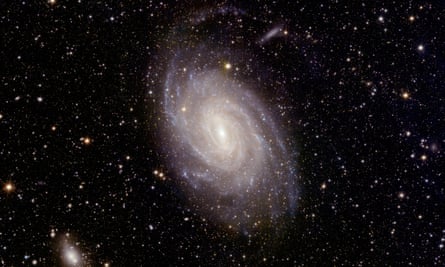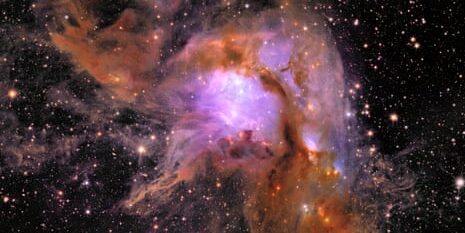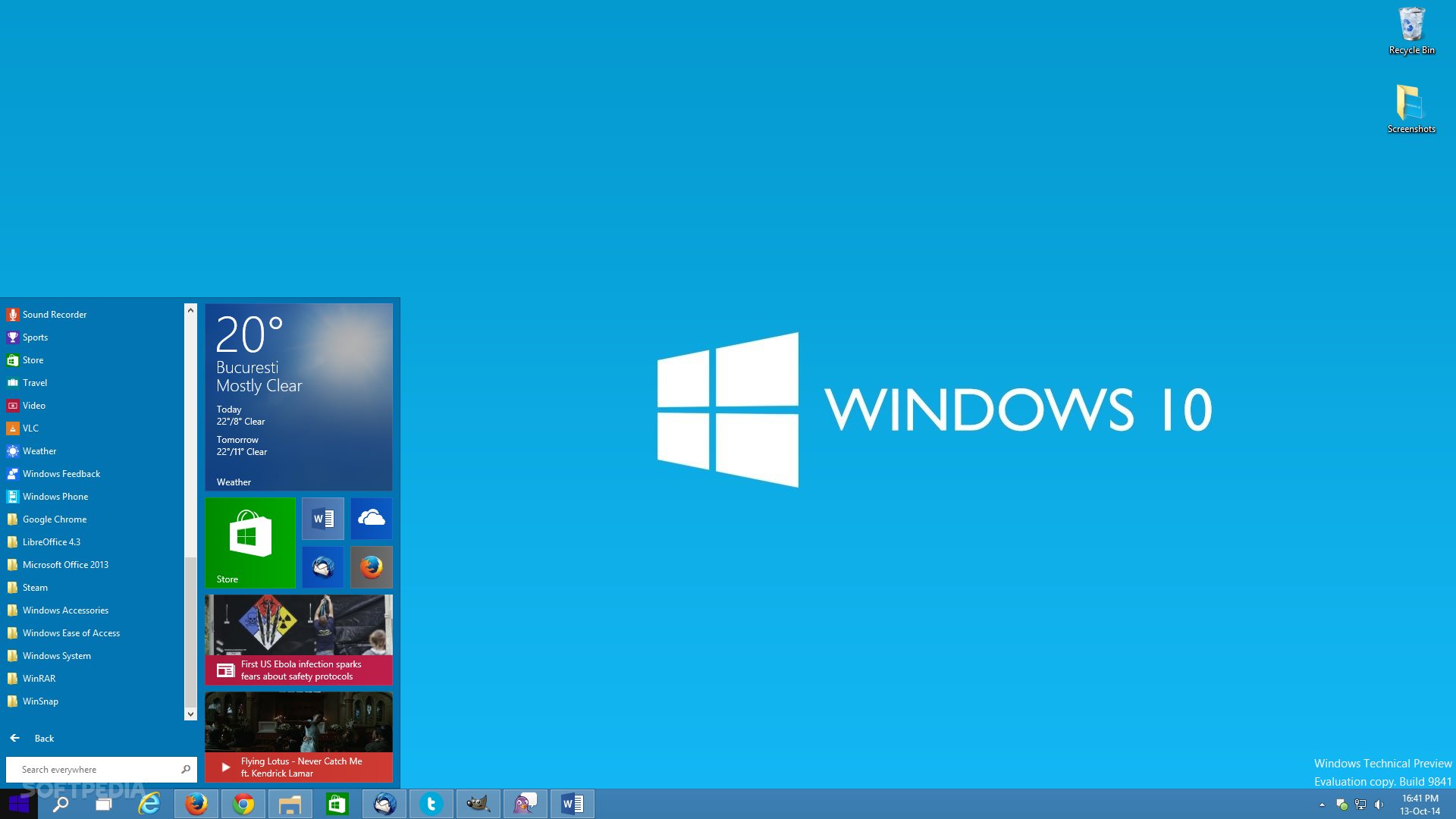Turning the Euclid space telescope to examine a far-off area of the Milky Way, astronomers have seen hundreds of rogue planets flying away from their stars.
Observed deep inside the Orion nebula, a massive dust and gas cloud 1,500 light years distant, the drifting planets were detailed in the first scientific findings made public by Euclid mission scientists.
On a six-year mission to produce a three-dimensional picture of the universe, the European Space Agency (Esa) launched the €1 billion (£851 million) observatory last July. With its pictures, scientists expect to learn more about the enigmatic 95% of the cosmos that is still unknown.
Astronomers’ ideas hold that dark energy, which is thought to propel the universe’s accelerated expansion, and dark matter, an unseen material that clings to galaxies and acts like a cosmic glue, make up the majority of the cosmos.

Just 24 hours of observations produced the initial wave of scientific findings, which identified 11 million visible light and 5 million infrared objects. The scientists report new star clusters, dwarf galaxies, and extremely far-off, brilliant galaxies from the first billion years of the cosmos in addition to the rogue planets.

The biggest ever captured in space, a rush of fresh photos from the same observations show the amazing wide-field vistas that astronomers may anticipate from Euclid in the next years. Among those shown on Thursday is an amazing picture of Messier 78, a colorful star nursery covered in interstellar dust, that shows intricate filaments of gas and dust in previously unheard-of detail.
“I’ve been absolutely amazed at the images I’ve seen,” stated UCL head scientist Prof. Mark Cropper on Euclid’s VIS camera. These are not just lovely photos; they are jam-packed with fresh information.

Abell 2390, a massive cluster of more than 50,000 galaxies resembling the Milky Way, is shown in one of the just published photos. Up to ten trillion times as much mass as the sun is found in these galaxy clusters, much of it thought to be mysterious dark matter. Hundreds of galaxies are seen in another picture of the Abell 2764 galaxy cluster circling within a halo of dark matter.
Other pictures show the Dorado group of galaxies, whose merging and developing galaxies create shell-like structures and enormous, curving tidal tails, as well as NGC 6744, one of the biggest spiral galaxies in the local universe.
The rogue planets Euclid discovered are young in cosmic terms—roughly 3 million years old. Their warmth allowed for their detection; they are at least four times larger than Jupiter. Their great distance from the closest stars lets astronomers realize they are free-floating. Unless they run upon a star that draws them into orbit, the celestial strays are doomed to wander the cosmos.
“The fact that we’ve taken a few observations and seen these planets means that if we go deeper and look over larger areas, which we will, we’ll see a plethora of planets and learn a lot more about planet formation,” said Christopher Conselice, professor of extragalactic astronomy at the University of Manchester.
Though not on this magnitude, rogue planets have been discovered in the past. Astronomers expect to have a better grasp of the processes that might drive them out of early solar systems by examining them in numbers. “This is only the very early days; a lot more work has to be done,” Conselice said. Working on Euclid and in astronomy generally at this time is fantastic.



